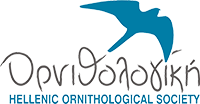Do you remember back in April when we fitted satellite transmitters on Yelkouan Shearwaters foraging in the Gulf of Kalloni? Tracking one of them revealed that it breeds in a -well-known to us- colony of the central Aegean, named 'Makares'.
Makares, located between Naxos and Donousa, comprise three islets: Agios Nikolaos, Agia Paraskevi and Stroggylo. The name, echoing the ancient Greek word “makarios” -meaning someone who is peaceful and untroubled- may have not been coincidental. In the past, similar names were often given to islets used for nesting by pelagic seabirds, such as Yelkouan and Scopoli's Shearwaters, whose cries in the night are reminiscent of souls!
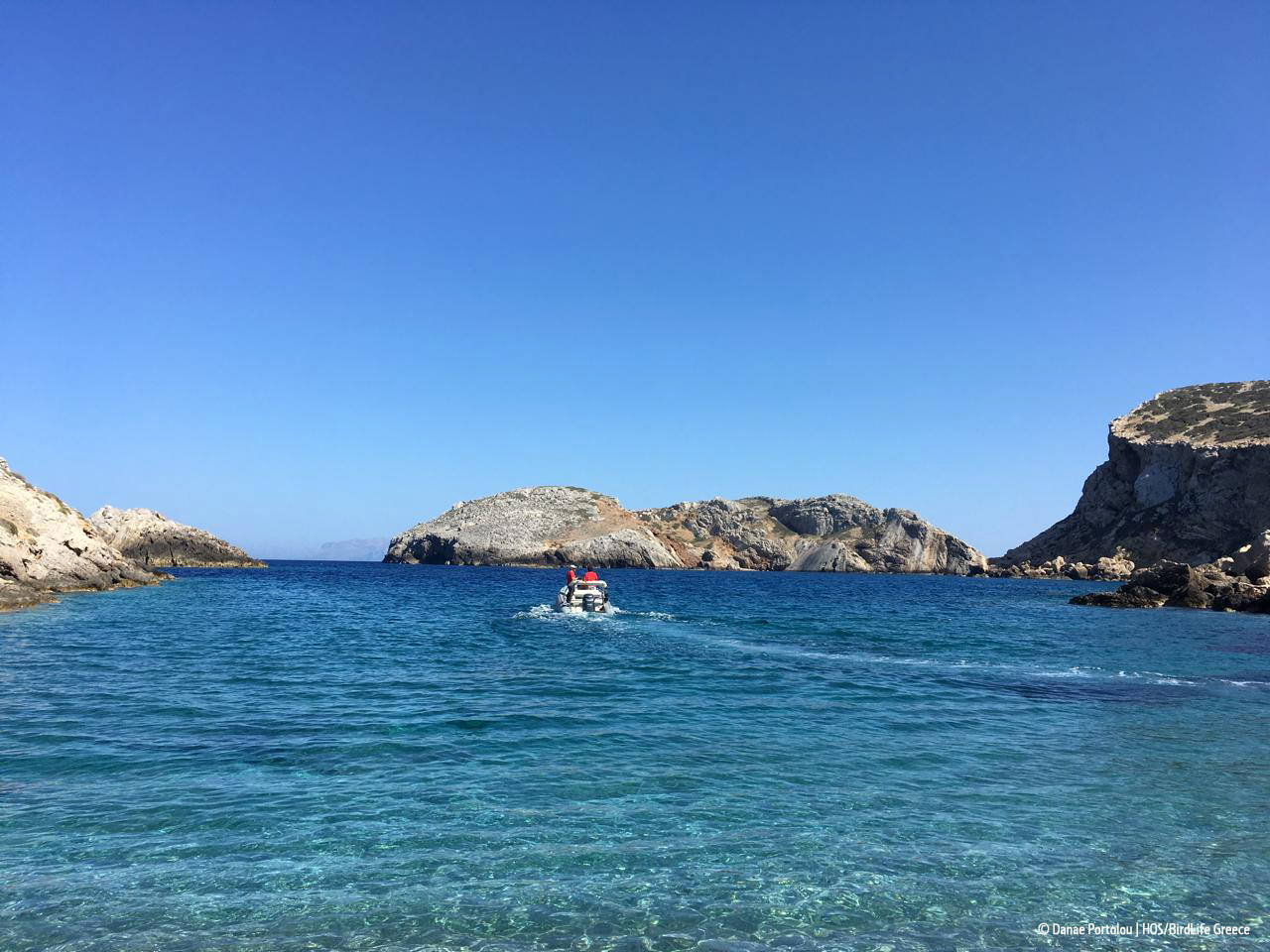
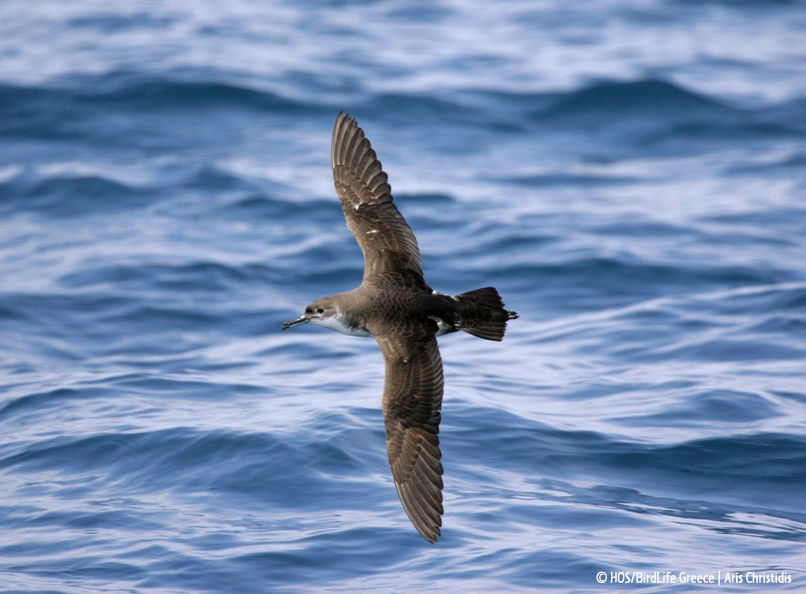
Like most uninhabited islets, Makares are biodiversity hotspots hosting important species of birds such as Audouin’s Gulls, European Shags, Eleonora’s Falcons, Yelkouan and Scopoli’s Shearwaters, as well as many other species of wildlife. The importance of these islets has been recognized since the 1960s by three important German researchers: Dietrich Ristow, Winfried Scharlau and Michael Wink, who monitored the Eleonora’s Falcon colony on a regular basis and produced notable publications.
The team of the Hellenic ORNITHOLOGICAL Society (HOS) has conducted important conservation work on these islets for 20 years. In 2004, the team visited the area for the first time to monitor the Eleonora’s Falcon population in the framework of the first LIFE Project for the species. A few years later, in 2010, HOS came back to Makares to monitor the Yelkouan Shearwaters’ colony, fitting the first transmitters on the species nationally!
In 2016, the team returned once more, this time with the aim to improve the habitat for the Eleonora’s Falcon and tackle the threats faced by this important falcon, namely the predation of eggs and chicks by invasive alien predators –such as rats.
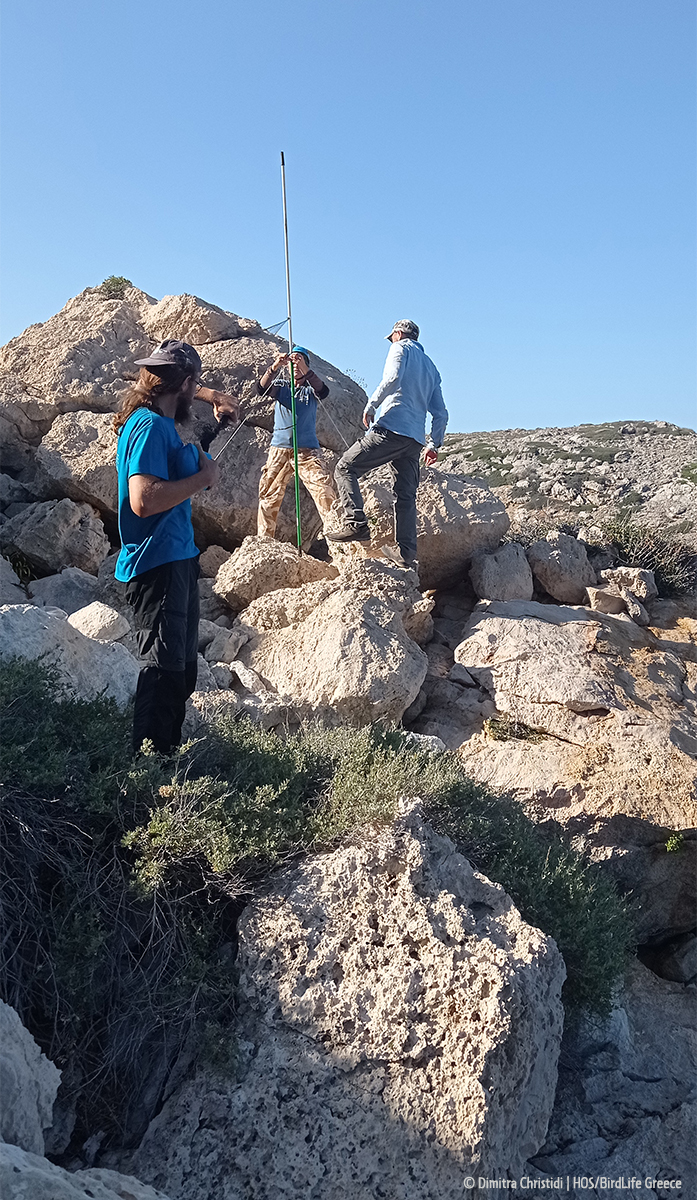
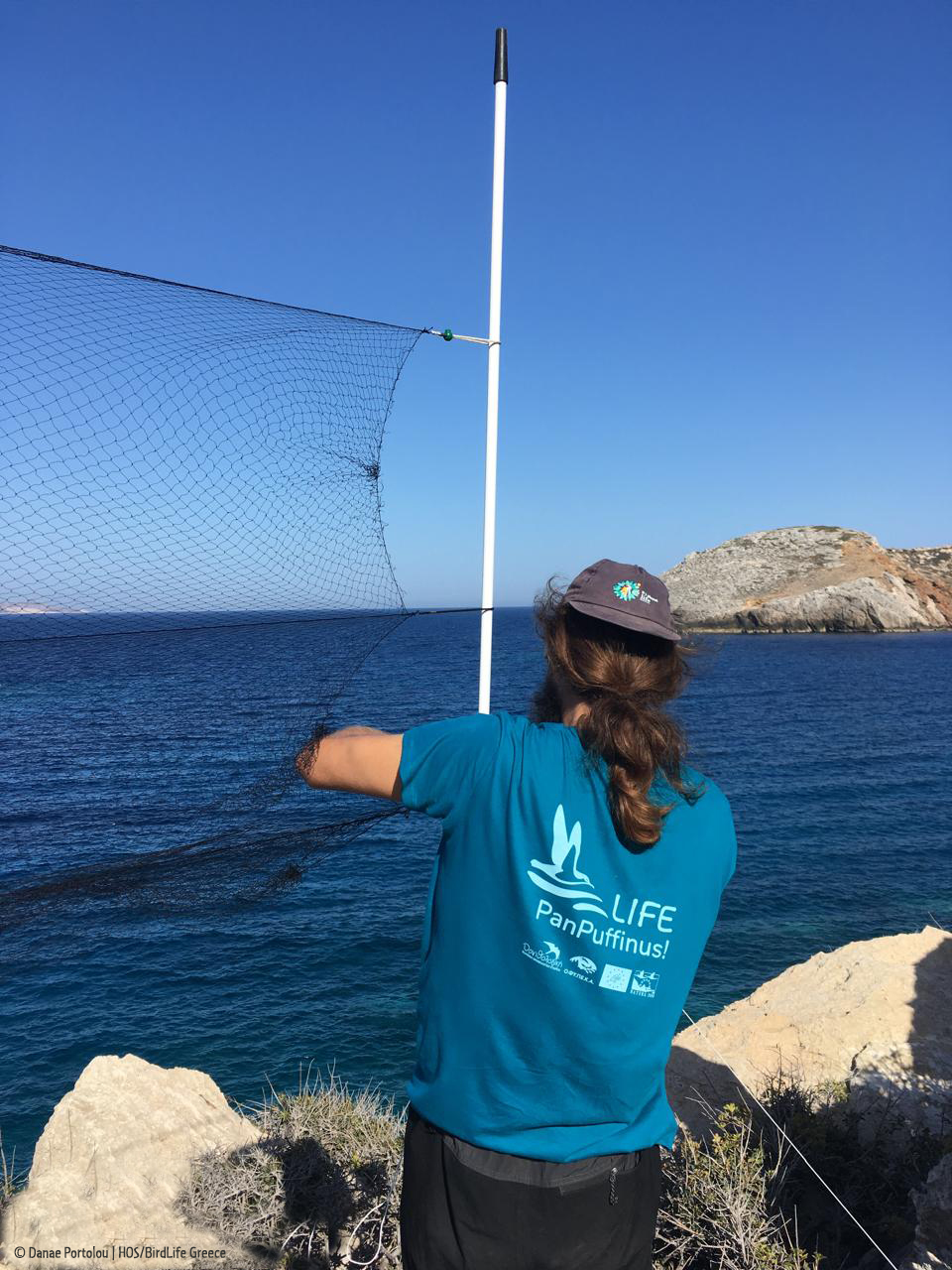
Five years after our team’s last visit, in April 2024 we returned to the islets in the framework of the LIFE PanPuffinus! Project, in order to evaluate the success of our rat eradication efforts. The rat presence assessment was negative, a result that delighted us since our team's previous work is still yielding positive outcomes and predation by non-native predators on these precious islets has ceased.
Our next actions will focus on informing the islets’ users (fishermen, visitors, etc.) of their importance so as to ensure that they continue to be protected from the unintentional reintroduction of non-native species (carried by humans).
A few days ago, through the new LIFE MareNatura Project, we were back in the Makares archipelago, with one main objective: to tag ten Yelkouan Shearwaters with satellite transmitters at the end of the incubation period which will allow us to evaluate if the birds of this colony move back and forth to the Black Sea following the same patterns as the birds of the Dodecanese and Gyaros do. Our preliminary data confirm that the Yelkouan Shearwaters from this colony also seem to prefer the rich fishing grounds of the Black Sea, alternating their trips with shorter local trips.
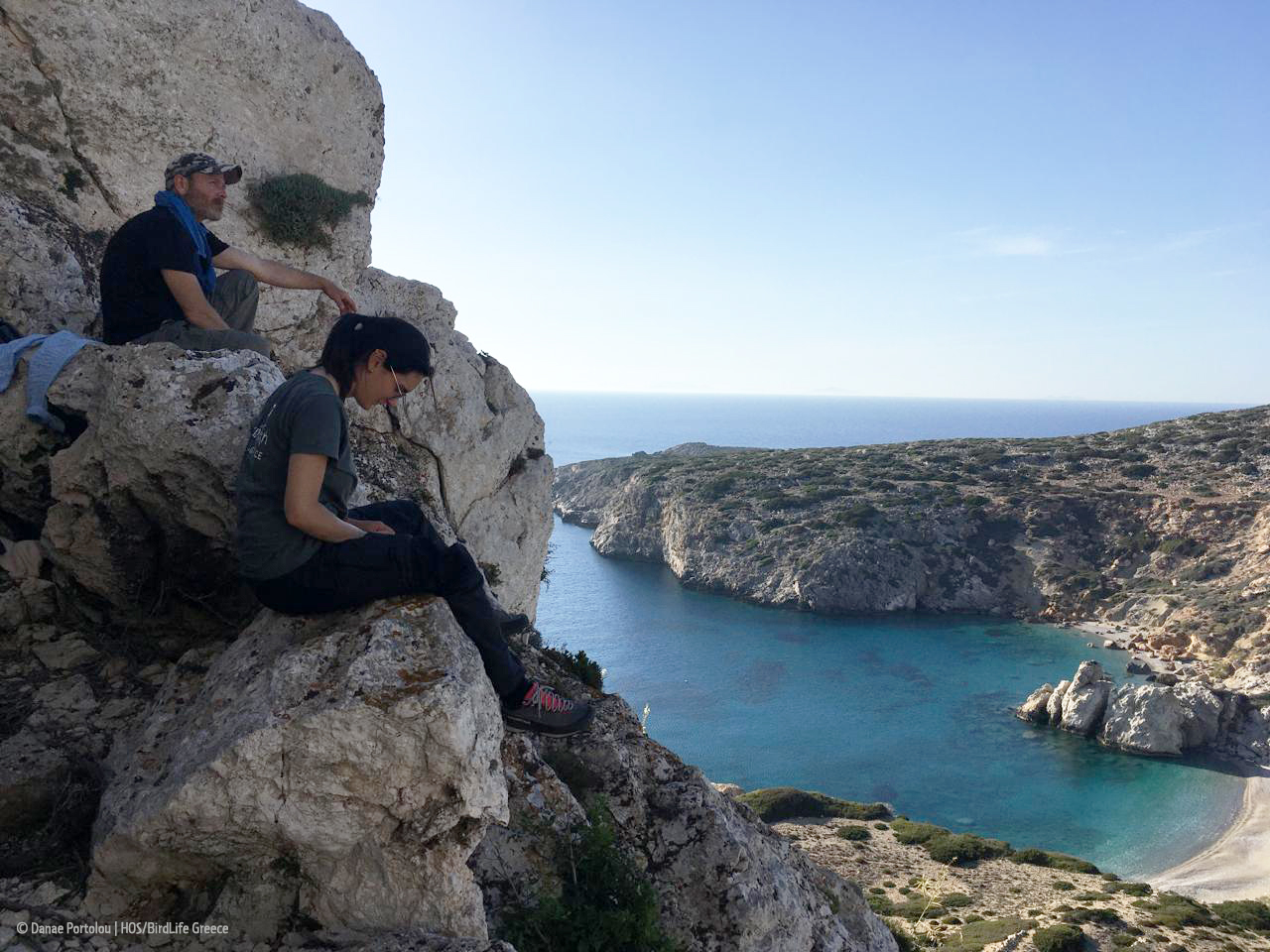
Through our ongoing work on the islets to study seabirds, we continue to highlight their great importance for biodiversity conservation and the necessity for complementary and continuous conservation actions. The effort to increase our knowledge of wildlife conservation is critical, making it absolutely essential to share this knowledge with all of the islets’ users and the local community.

